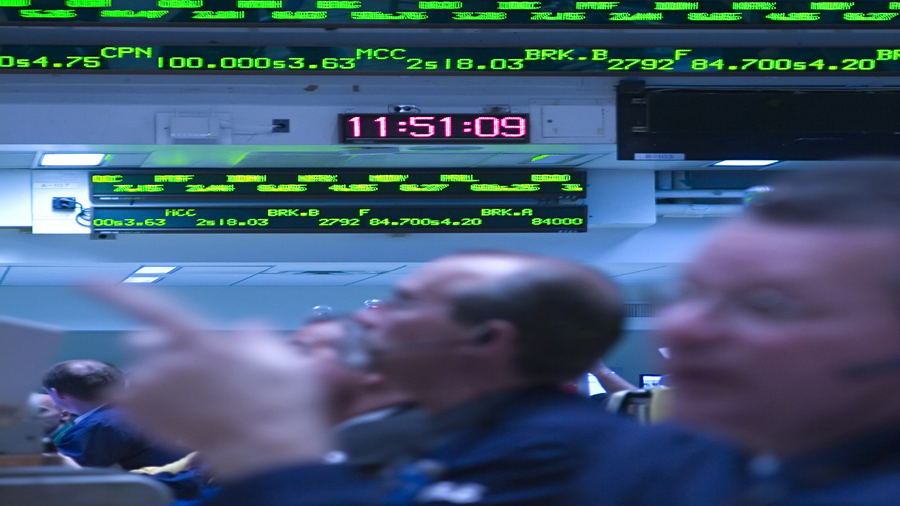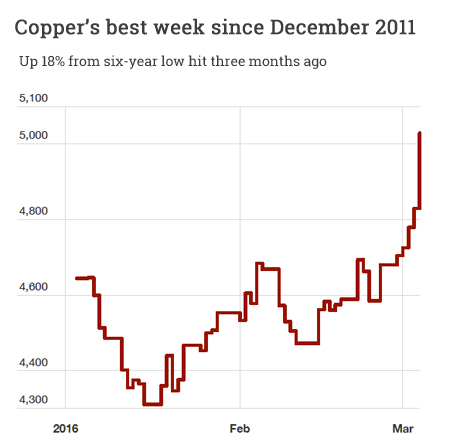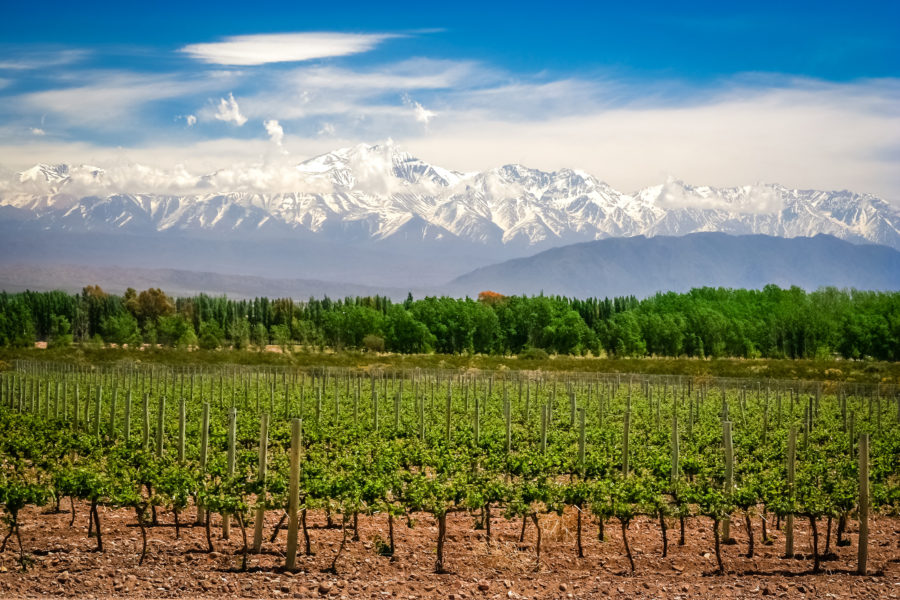Mining stocks in once-a-decade rally

Frenzied investors piled into the metals and mining sector on Friday as a rally on commodity markets led many to believe the market has reached a bottom after more than three years of declines.
On the Comex market in New York copper for delivery in May climbed as much 4.3% to $2.3040 a pound or some $5,078 a tonne before paring some of those gains. Up 7% on the week it’s copper’s best weekly performance since December 2011. The red metal is also up more than 18% from a six-year low hit mid-December.
“It’s not bad. Have we bottomed? I think so, though I don’t want to sit here predicting prices.”
Other industrial metals also gained led by zinc which rose to a five-month high of $1,857 a tonne while nickel climbed more than 2% to $9,340 a tonne on the LME. Nickel was last year’s worst performing metal with a 40% decline but has recovered 15% from multi-year lows struck in November.
Iron ore continued its rebound with the benchmark price exchanging hands for $50 a tonne level. At $52.40, iron ore is up over 40% from near decade lows hit December 11 as it builds a base above the psychologically important $50 a tonne level.

Source: LME
The surge in US benchmark oil price underpinned the positive mood in the sector after crude surged 4.7% to $36.20 a barrel. A more than 26% rise from near 13-year lows last month is convincing investors that deflation in the commodities sector may finally be at an end.
There was a broad advance among mining’s heavyweights with Bloomberg data showing the strongest rally for metal and mining shares since 2008. Significantly the rerating of miners comes despite widespread dividend cuts and dire warnings of looming bankruptcies in the sector.
After 103m shares changed hands the Phoenix-based company is up a jaw-dropping 70% over just one month
Top copper producer Freeport-McMoRan (NYSE:FCX) jumped 6.8% with an astonishing 103 million shares worth more than $1 billion changing hands. The Phoenix-based company is now worth $12.1 billion and up a jaw-dropping 70% over just one month of trading.
Vancouver’s Teck Resources (NYSE:TCK) up another 5.8% on Friday for a $4.6 billion valuation has doubled in value since the start of the year. The Vancouver-based company is Canada’s largest coal, copper and zinc producer and has invested heavily in the oil sands.
Anglo American (LON:AAL, OTCMKTS:NGLOY) continued its recovery adding 9.5% in New York almost matching the much smaller Teck’s rise with a 86% year to date advance hitting a market value of $11.7 billion. Anglo, the world’s fifth largest publicly held mining company in terms of output, has embarked on a radical downsizing program to reduce the number of mines it operates from 55 to a mere 16.
The Melbourne-HQed company’s gains for the year is modest, but the stock never quite plumbed the same depths as its peers in recent months

Source: The Steel Index
Glencore (LON:GLEN) advanced 11.9% in London on Wednesday, bringing its gains in 2016 to a whopping 77% as it recover from record lows hit last year. At the release of the Swiss mining and trading giant results this week CEO Ivan Glasenberg said there are “encouraging signs” of the market stabilizing and that the company’s “order book and sales into China, and around the world, is pretty good”:
“It’s not bad. Have we bottomed? I think so, though I don’t want to sit here predicting prices.”
Shares in world number one BHP Billiton (NYSE:BHP) also made strides in New York, gaining 7% to lift the counter back into positive territory for the year.
The $69.8 billion Melbourne-based company which relies on oil and iron ore for the bulk of its earnings hit near decade lows last year following a deadly dam burst at an iron ore mine in Brazil it jointly owns with Vale.
The two companies this week agreed a $6.2 billion deal with Brazilian authorities stretched out over several years to cover rehabilitation costs.
Shares in Vale (NYSE:VALE.P), the world’s top iron ore producer, jumped 7.2% in New York. The Rio de Janeiro-based company is up 55% for the week for a market value of $23.1 billion marking its best five days of trading since 1999.
The world’s second largest miner based on revenue Rio Tinto (NYSE:RIO) added 4.9% in New York affording it a market cap of $55 billion. The Melbourne-HQed company’s gains for the year is modest, but the stock never quite plumbed the same depths as its peers in recent months.
BHP Market Cap data by YCharts
{{ commodity.name }}
{{ post.title }}
{{ post.date }}





Comments